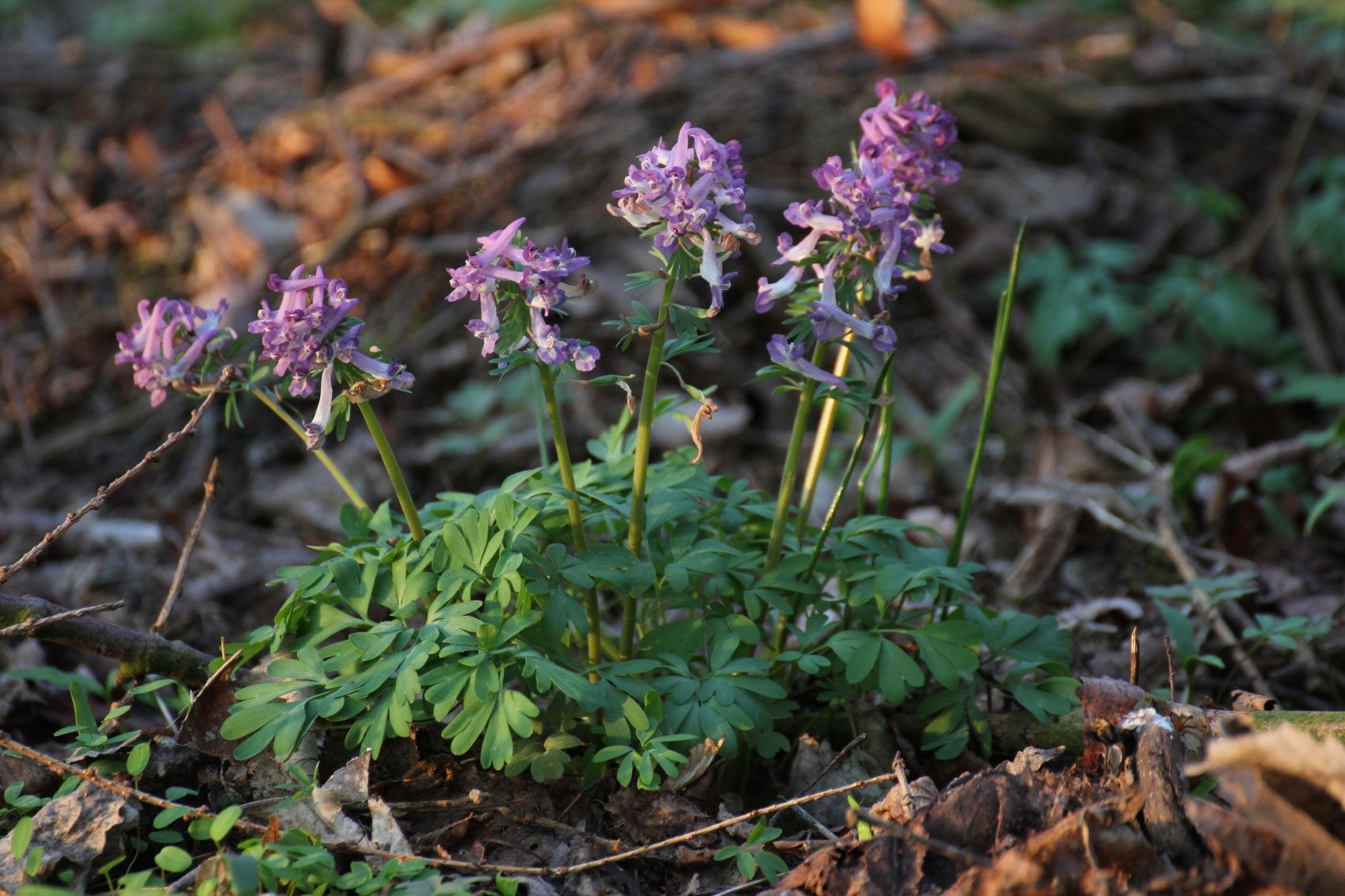What Is Corydalis: Growing And Propagating Corydalis Plants


Bright, colorful flowers rising above neat mounds of delicate foliage make corydalis perfect for shady borders.
The foliage may remind you of a maidenhair fern and both the flowers and foliage look great in cut flower arrangements. The plants have a long, flowering season that may last from spring until frost.
What is Corydalis?
Corydalis plants are close relatives of bleeding hearts, and you can see the resemblance in shape between corydalis flowers and small types of bleeding hearts.
The genus name “Corydalis” derives from the Greek word ‘korydalis,' which means crested lark, referring to the similarity between the flowers and spurs to a lark's head.
Of the 300 or so species of corydalis-- with differing colors available-- the two types that you see most often in North American gardens are the blue corydalis (C. flexuosa) and yellow corydalis (C. lutea).
Blue corydalis reaches a height of 15 inches (38 cm.) with a similar spread, while yellow corydalis grows a foot (31 cm.) tall and wide.
Use corydalis plants in partially shaded beds and borders. It also works well as a ground cover under shade trees. The bright flowers brighten shady areas, and the delicate foliage softens the landscape. It does well when planted among rocks and makes an attractive edging for walkways too.
Gardening tips, videos, info and more delivered right to your inbox!
Sign up for the Gardening Know How newsletter today and receive a free copy of our e-book "How to Grow Delicious Tomatoes".
Corydalis Care
Both blue and yellow corydalis needs full sun or partial shade and moist but well-drained, organically rich soil in USDA plant hardiness zones 5 through 7. It prefers a neutral or alkaline pH soil as well. Water often enough to keep the soil moist and feed the plants with a shovelful of compost or a gentle organic fertilizer in spring before the buds begin to open. These plants don't generally need pruning other than removing spent flowers to prevent unwanted self-sowing and prolongs the bloom season. Corydalis plants may die back where winters are cold, or summers are hot. This is normal and not a cause for concern. The plant regrows when temperatures improve. Planting them in a moist, shady area where summer temperatures are hot may help prevent summer dieback. You'll have no trouble propagating corydalis by division in fall after the last of the flowers fade. Corydalis is a bit fussy to start from dried seeds, but freshly collected seeds germinate readily. They grow best if kept in the refrigerator for six to eight weeks in a dry, air-tight container. After chilling, sow them at 60 to 65 degrees F. (16-18 C.) on the surface of the soil. They need light to germinate, so don't cover them. You'll have better luck sowing the seeds directly in the garden. Corydalis self-sows readily. You can transplant the seedlings to a better location when they have several true leaves. They may become weedy if left to reseed themselves, but coarse mulch around the plants can prevent them from becoming aggressive.

Jackie Carroll has written over 500 articles for Gardening Know How on a wide range of topics.
-
 Looking For Plants To Give You The Soft And Fuzzies? Try These 5 Fuzzy Leaf Plant Options
Looking For Plants To Give You The Soft And Fuzzies? Try These 5 Fuzzy Leaf Plant OptionsLovers of texture, drama, silver foliage and tactile plants will adore these special sensory garden additions. These fuzzy leaf plant options will leave you all aglow
By Susan Albert
-
 Get Ready For A Summer Of Hummers! Grow These Full Sun Hummingbird Plants and Flowers
Get Ready For A Summer Of Hummers! Grow These Full Sun Hummingbird Plants and FlowersIf you’re lucky enough to enjoy a sunny backyard, make sure you are maxing out on your pollinator opportunities and grow these full sun hummingbird plants and flowers
By Tonya Barnett